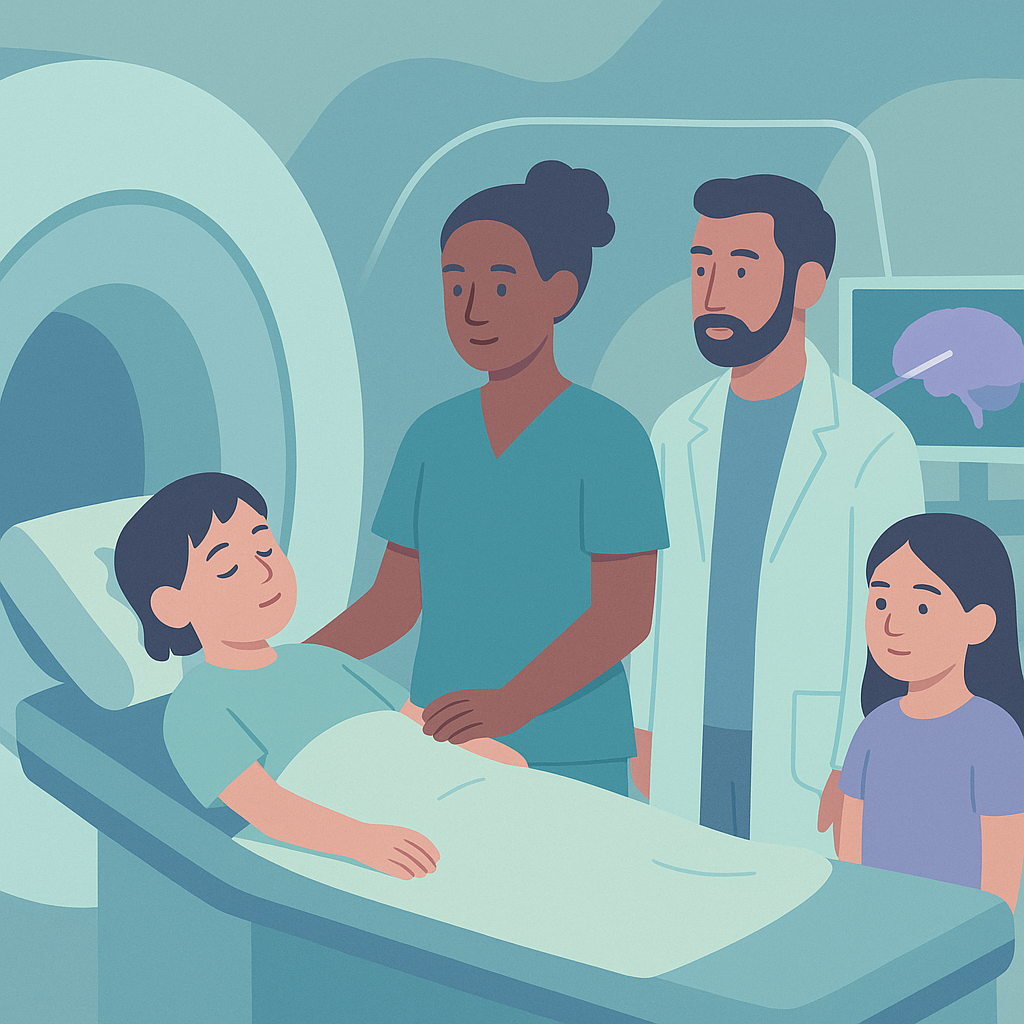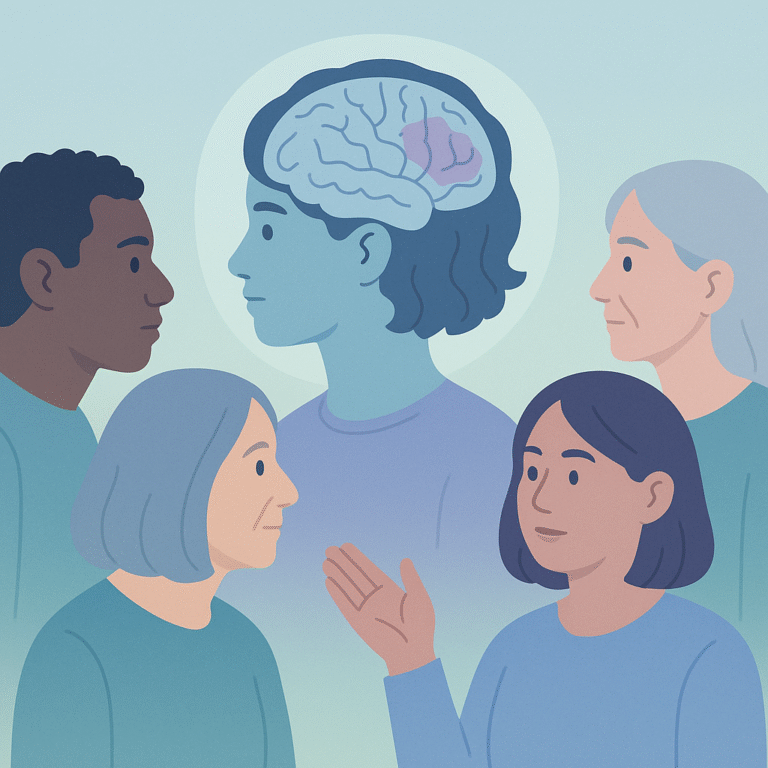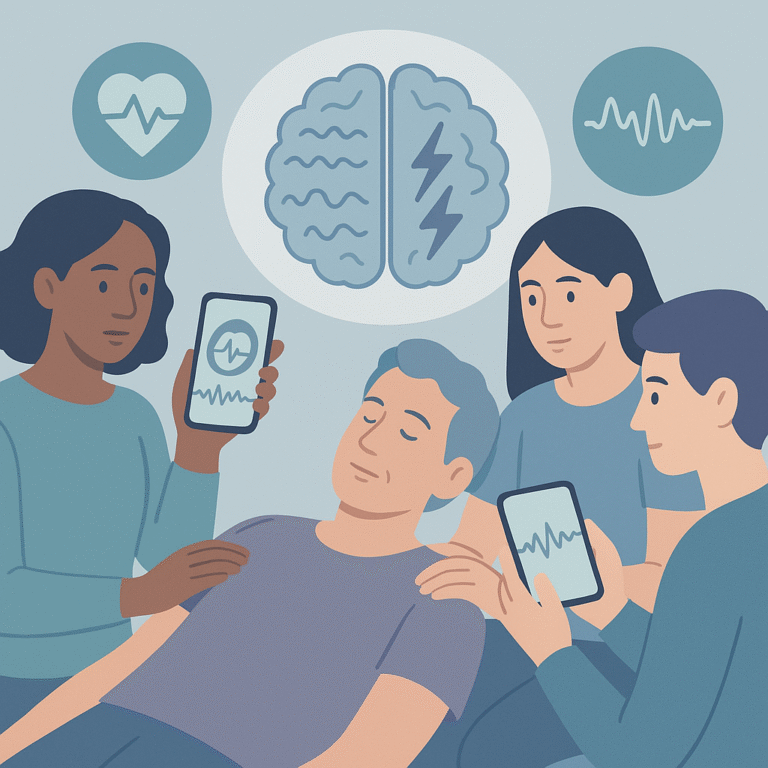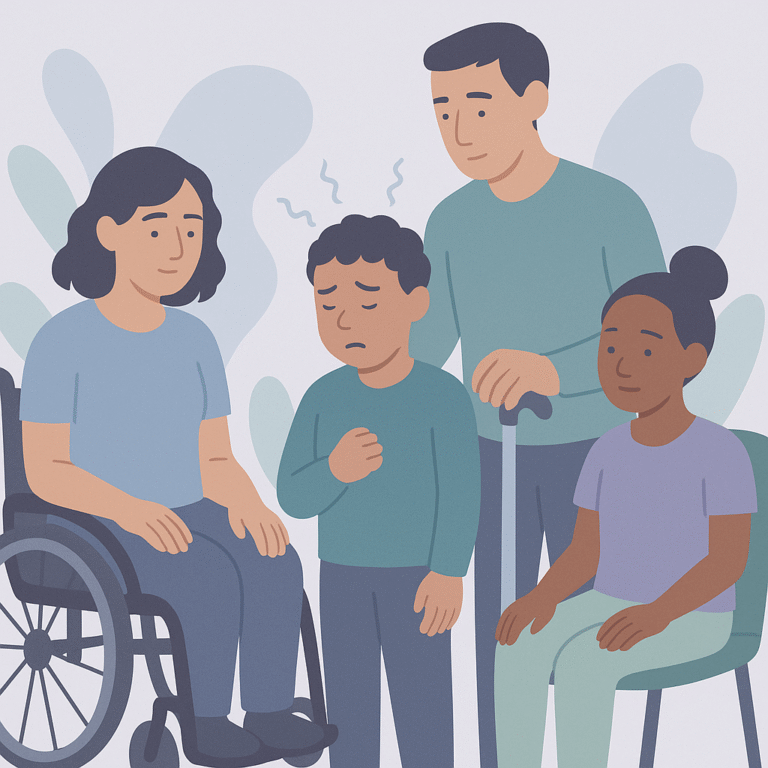MRgLITT Offers Hope for Children with Drug-Resistant Epilepsy
Source: Journal of neurosurgery. Pediatrics
Summary
Researchers studied the use of magnetic resonance-guided laser interstitial thermal therapy (MRgLITT) as a treatment for children with drug-resistant epilepsy, which means their seizures do not respond to standard medications. They looked at data from 354 pediatric patients who had this procedure, focusing on their seizure outcomes and any complications that arose after the treatment. The average age when these children first had seizures was about 4.5 years, and most had focal seizures, which affect only one part of the brain.
The key findings showed that about 57% of the children achieved significant improvement in their seizures after MRgLITT, meaning they had fewer or no seizures at their last follow-up. However, some children did experience complications after the procedure, with 17.1% facing neurological issues, the most common being weakness on one side of the body. The study also found that children with certain types of brain lesions, like hypothalamic hamartoma, had better chances of becoming seizure-free compared to those without visible lesions on their MRI scans.
This research is important because it suggests that MRgLITT can be a safe and effective treatment option for children with difficult-to-treat epilepsy. However, the study has limitations, such as the need for more research to better understand the best ways to use MRgLITT in these patients. It highlights the importance of personalized treatment plans, as some children may respond better than others based on their specific brain conditions.
Free: Seizure First Aid Quick Guide (PDF)
Plus one plain-language weekly digest of new epilepsy research.
Unsubscribe anytime. No medical advice.





